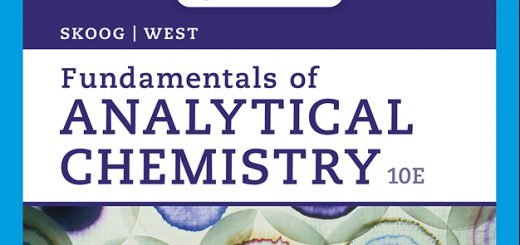Iron-sulfur clusters in chemistry and biology
AUTHOR : –
CALL NO : QU55.8 I71 v.1-2 2017
IMPRINT : Berlin : De Gruyter, c2017
Volume 1, Characterization, properties and applications, this volume on iron-sulfur proteins includes chapters that describe the initial discovery of iron-sulfur proteins in the 1960s to elucidation of the roles of iron sulfur clusters as prosthetic groups of enzymes, such as the citric acid cycle enzyme, aconitase, and numerous other proteins, ranging from nitrogenase to DNA repair proteins. The capacity of iron sulfur clusters to accept and delocalize single electrons is explained by basic chemical principles, which illustrate why iron sulfur proteins are uniquely suitable for electron transport and other activities. Techniques used for detection and stabilization of iron-sulfur clusters, including EPR and Mossbauer spectroscopies, are discussed because they are important for characterizing unrecognized and elusive iron sulfur proteins. Recent insights into how nitrogenase works have arisen from multiple advances, described here, including studies of high-resolution crystal structures.
Volume 2, Biochemistry, biosynthesis and human diseases, this volume on iron-sulfur proteins includes chapters that discuss how microbes, plants, and animals synthesize these complex prosthetic groups, and why it is important to understand the chemistry and biogenesis of iron sulfur proteins. In addition to their vital importance in mitochondrial respiration, numerous iron sulfur proteins are important in maintenance of DNA integrity. Multiple rare human diseases with different clinical presentations are caused by mutations of genes in the iron sulfur cluster biogenesis pathway. Understanding iron sulfur proteins is important for understanding a rapidly expanding group of metabolic pathways important in all kingdoms of life, and for understanding processes ranging from nitrogen fixation to human disease.




